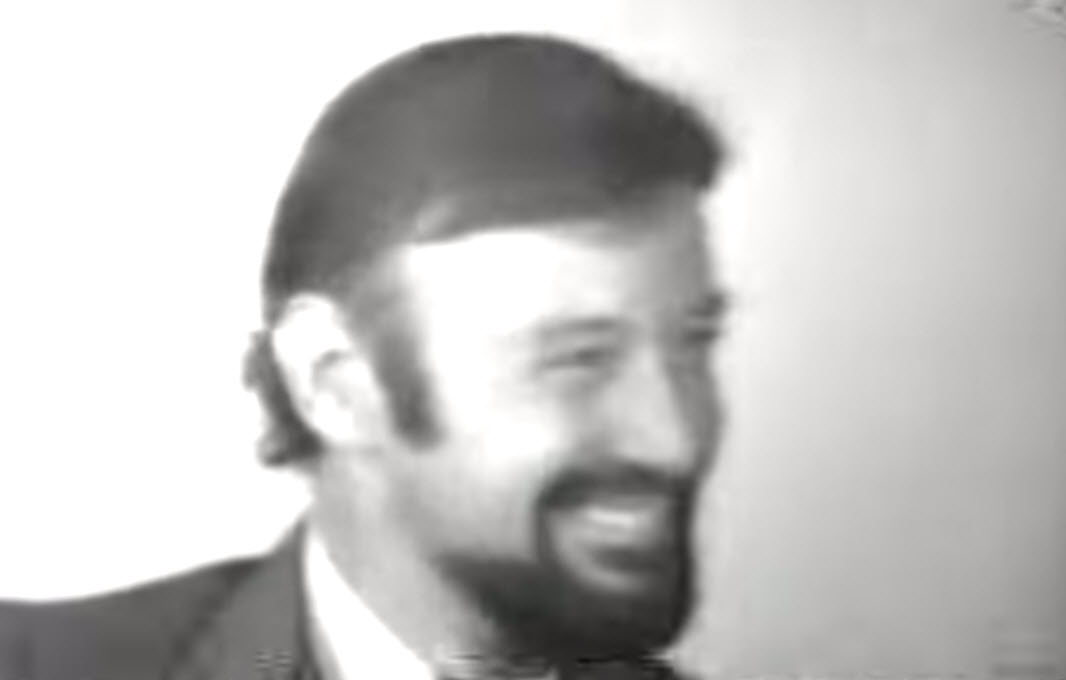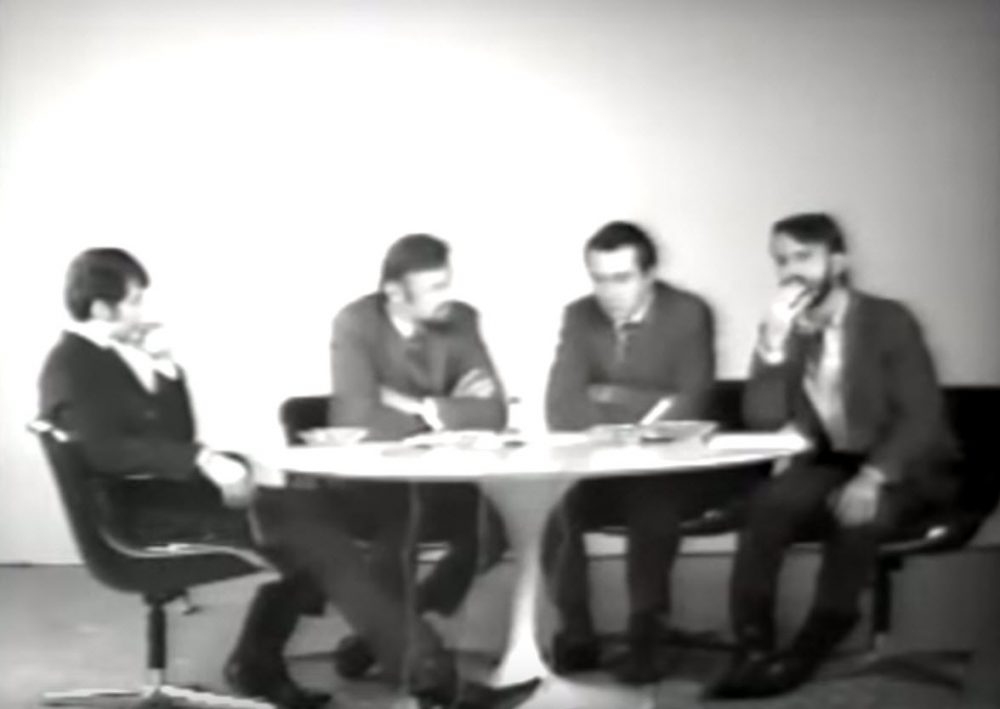It goes without saying that Stan Lee is an icon in the comics industry, and has been almost since the Marvel Age of Comics began in the ’60s. Lee became one of the first big personalities within the comics readership in the late ’60s thanks to the regular “Bullpen Bulletin” and “Stan’s Soapbox” columns that appeared in Marvel Comics at the time and for decades to come. Still, if you’re anything like me, your mental image of the man looks like modern-day Stan, so any glimpse of what he looked or sounded like in his youth is a rare treat. That’s part of why a video that’s been making the rounds on Twitter today is of such interest.
This morning, writer J.M. DeMatteis shared this video of a pilot for a 1968 talk show hosted by Lee:
Here's something I never knew existed: the 1968 pilot for a Stan Lee talk show.https://t.co/MjaSeyq0mv
— J.M. DeMatteis (@JMDeMatteis) October 24, 2018
The video is part 1 of the hour-long program – the remaining parts are all on YouTube to watch.
The pilot opens with a monologue from then 46-year-old Lee in which he lays out his vision for the talk show as an attempt to “bridge [the] generation gap,” and to “present a voice” for young people. The remainder of the show is made up of a roundtable discussion hosted by Lee, and featuring college newspaper editors Skip Weiss and Chuck Skoro and underground newspaper editor Jeff Shero.
(L to R) Skip Weiss, Stan Lee, Chuck Skoro, and Jeff Shero
The video quality is not the greatest, but the audio is fine, and listening to the lively, sometimes heated discussion provides a fascinating glimpse into Lee’s thinking on the social issues facing the country at the time, including youth engagement in politics, the war in Vietnam, and the sexual revolution.
Lee doesn’t speak a lot about comics during this pilot, but he does share one interesting bit (around the 7:15 mark of part 1) while discussing the use of profanity in Jeff Shero’s RAT Subterranean News:
The magazines that I edit, we have all sorts of subliminal messages in these magazines, but we don’t do anything in the magazine that would turn any segment of the readership away from us, at least we don’t do it intentionally.
Subliminal messages? Let the conspiracy theories about ’60s Marvel Comics begin!
I’m honestly amazed that this video hasn’t been seen more widely. This pilot has been on YouTube since 2015, and while part one has over 10,000 views, parts 2-4 have just over 2,000 views combined. Marvel Comics: The Untold Story author Sean Howe wrote a Tumblr post on the video a little less than three years ago, but the post has only 111 notes on it.
Even if you disagree with what Stan has to say in this discussion—and there were definitely times that I did—the man still has a lot of interesting things to say, and it’s a treat to get a look at this legend of comics back when he was more or less in his prime.











Is it truly possible that Joe and The Beat missed the whole Mark Seifert affair over the past few weeks?
Carl – Not sure why you’re posting this on an article about Stan Lee, but Heidi did cover the story of Seifert’s article/interview and the fallout here: https://www.comicsbeat.com/__trashed-13/
Hm. I guess I’ll just cycle back to explain my comment.
Some weeks ago, Rich Johnson expended a lot of energy, even by his standards, hyping a series of articles on BleedingCool under the name #MarvelDeclassified promising to transform everyone’s understanding not only of Marvel’s history, but of America’s history as well. These articles turned out to be written by Mark Seifert and purported to identify Ditko’s model for Peter Parker and Kirby’s model for Thunderbolt Ross. The articles were long and conspiracy-minded, and they got a good deal of pushback and scorn from commenters. The last article in the series was an exhaustive interrogation of the very Stan Lee video discussed in this article.
Shortly thereafter, Seifert published the Vox Day piece, drawing enormous attention, along with some references to his recent writing. So I thought everyone on the old comics internets was aware of Seifert’s longwinded, conspiratorial articles, including the one on this video of Lee. Which makes it odd how The Beat seems to write here as though Twitter one day just happened to discover this video of Lee, with DeMatteis the first to reference it in recent memory, even though the video had received what I thought was a pretty wide circulation just a few weeks prior.
I know sometimes the “official” comics sites prefer to operate as though BC doesn’t exist. Maybe that’s the case here. I just found the omission of any mention of BC or Seifert kind of weird.
https://www.bleedingcool.com/2018/07/26/marvel-declassified-3-all-sorts-of-subliminal-messages/ if it helps.
Comments are closed.